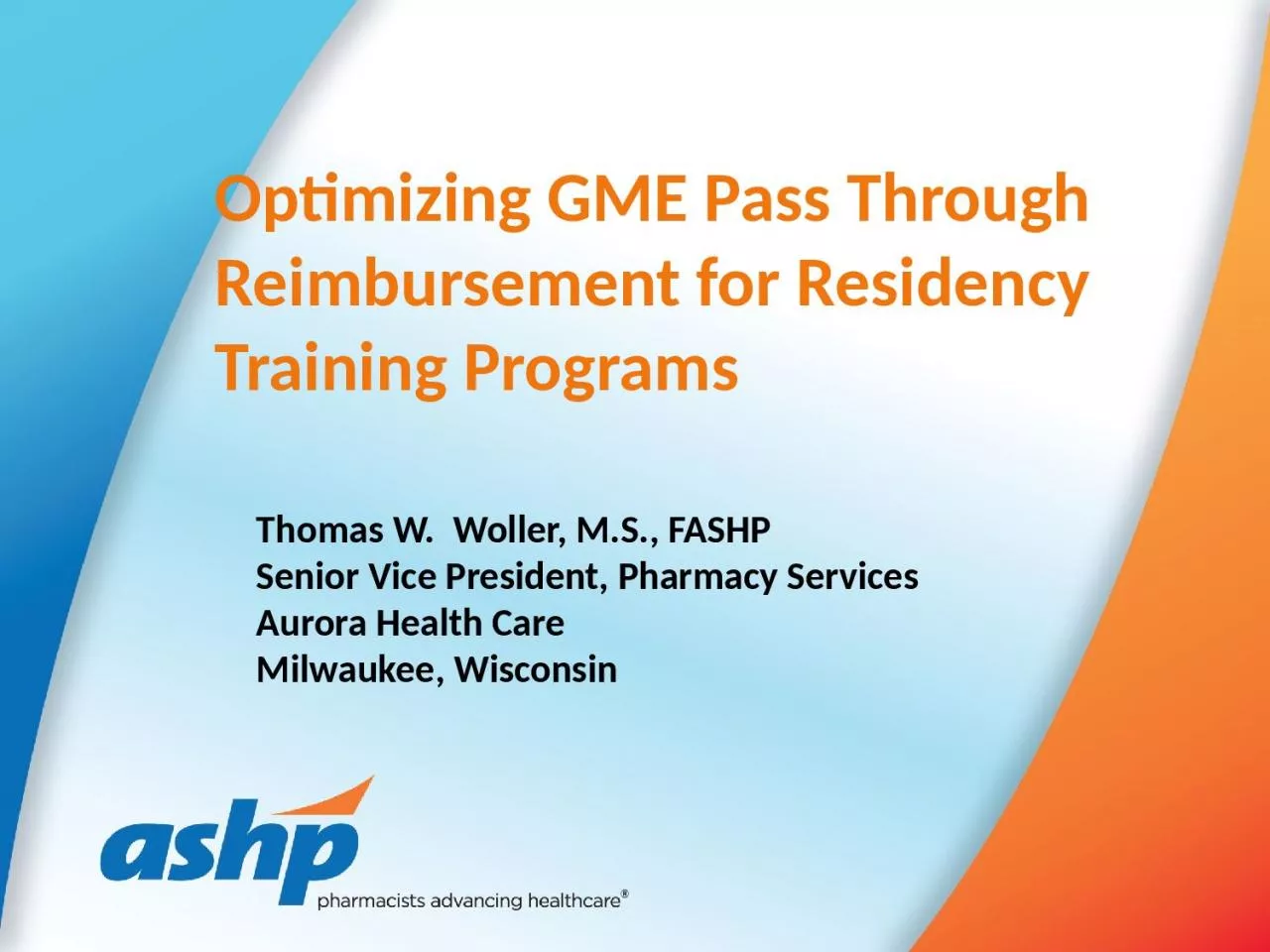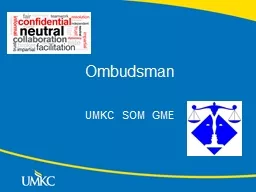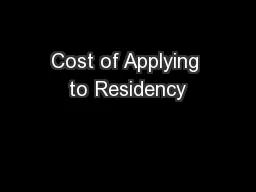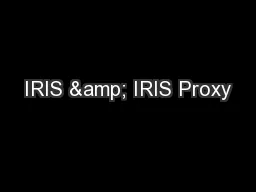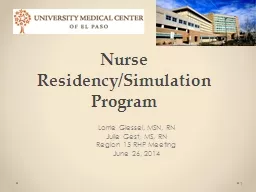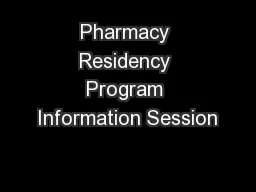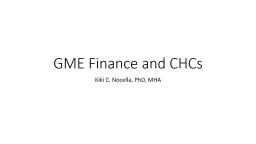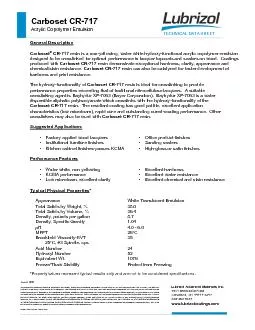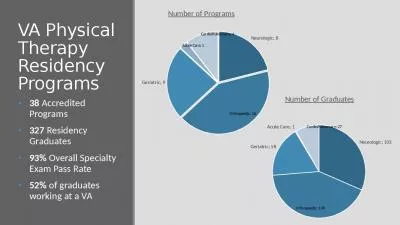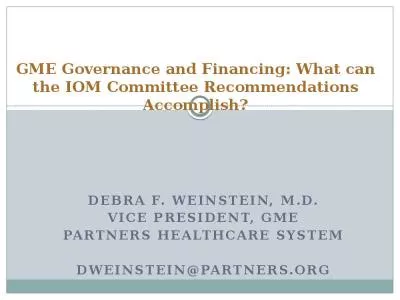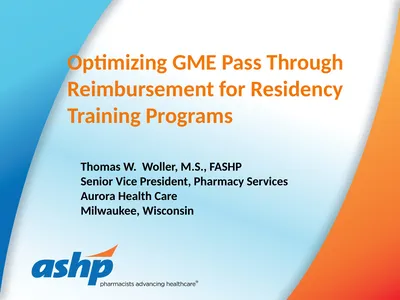PPT-Optimizing GME Pass Through Reimbursement for Residency Training Programs
Author : caitlin | Published Date : 2023-11-06
Thomas W Woller MS FASHP Senior Vice President Pharmacy Services Aurora Health Care Milwaukee Wisconsin Disclaimer ASHP and Mr Woller provide general information
Presentation Embed Code
Download Presentation
Download Presentation The PPT/PDF document "Optimizing GME Pass Through Reimbursemen..." is the property of its rightful owner. Permission is granted to download and print the materials on this website for personal, non-commercial use only, and to display it on your personal computer provided you do not modify the materials and that you retain all copyright notices contained in the materials. By downloading content from our website, you accept the terms of this agreement.
Optimizing GME Pass Through Reimbursement for Residency Training Programs: Transcript
Download Rules Of Document
"Optimizing GME Pass Through Reimbursement for Residency Training Programs"The content belongs to its owner. You may download and print it for personal use, without modification, and keep all copyright notices. By downloading, you agree to these terms.
Related Documents

